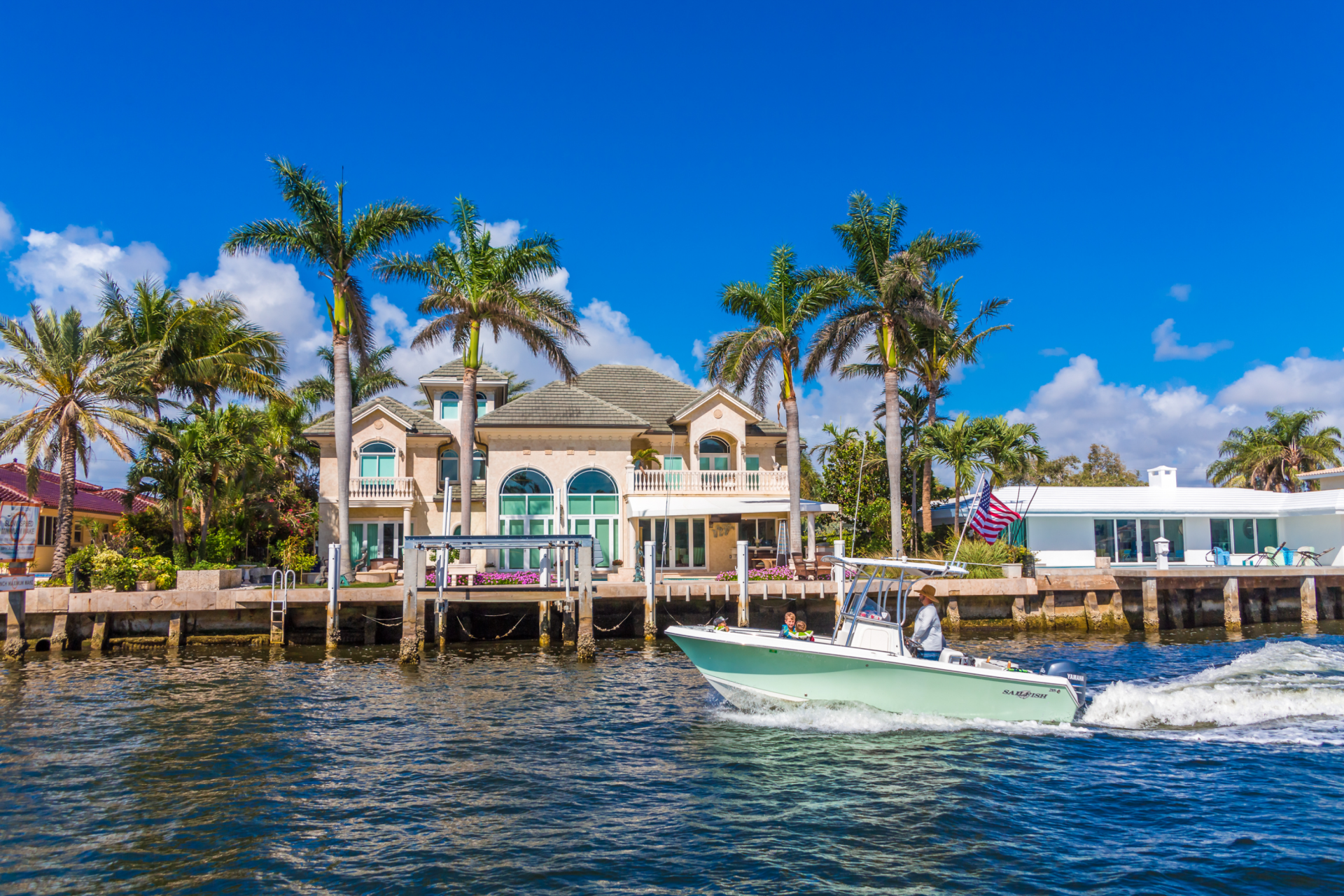Call (727) 784-5555
The data is clear: Older adults, when contemplating future living arrangements, would prefer to remain in their homes as long as feasibly possible. But for those who own homes with features or layouts that may not be conducive to aging in place, some are taking proactive measures — and spending a lot of money — to make their home suitable.
This is according to a story published this month by the The Associated Press, which examines steps that some older homeowners are taking to ensure they can remain in their homes, as opposed to relocating to a dedicated care facility or another living arrangement.
One profiled couple in California hired an interior designer for $20,000, and spent another $95,000 on home modifications designed to more easily accommodate natural limitations to mobility that come from aging.
“She had the kitchen aisles widened to accommodate a wheelchair in case she or her husband ever need one,” the story explained. “The bathroom now has a walk-in steam shower and an electronic toilet seat that cleans the user when activated.”
When asked about the reason for making these investments, the wife described their desire to maintain the comfort, familiarity and pride in the home they’ve lived in together rather than giving them up.
While aging in place is a common choice, economic and mortgage market realities are also making it difficult to relocate even if someone may want to. Between elevated interest rates and the resulting “lock-in” effect, home prices and limited inventory levels are also making relocations challenging for baby boomers and older members of Generation X.
“Despite feeling tied down, a subset of these older adults have enough extra cash to splurge on upgrades designed to keep their homes both enjoyable and accessible as they age,” the story said. “The demand for inconspicuous safety bars, lower sinks, residential elevators and other amenities has given home improvement chains, contractors, designers and architects a noticeable lift.”
Some of the chains reporting increased renovation and modification activity include The Home Depot and Lowe’s, two of the largest home improvement retailers in the U.S. The Home Depot is refreshing an in-house brand with accessibility in mind for things like grab bars and easier-to-use faucets. Meanwhile, in 2021, Lowe’s established a single stop for items including wheelchair ramps and shower benches, the story explained.
Customers looking for products and tools to enhance their home’s accessibility seek “bathrooms that exude beauty and elegance, with essential accessibility features seamlessly integrated,” according to Lowe’s trend and style director Monica Reese, who spoke with the AP.
The need for such renovations will only become more pressing as time goes on, due both to demographic trends and a suitability for aging in place that can be lacking in existing-home inventory.
“According to a 2023 analysis of the 2011 American Housing Survey by the Joint Center for Housing Studies (JCHS) of Harvard University, less than 4% of U.S. homes combine single-floor living with no-step entry, and halls and doorways wide enough for wheelchairs,” the story said.
Additionally, the Harvard study found that “20% of survey respondents age 80 and above with incomes below $30,000 reported accessibility challenges, compared to 11% for those with incomes of $75,000 or more.”
This means that renovations of existing homes are likely to become more necessary as time goes on. But there is also a need to address accessibility challenges in affordable housing for older people, which will require a public policy solution, according to Jennifer Molinsky, director of the JCHS Housing an Aging Society Program.
“[T]here’s a lot of disparity,” she said. “There are people, through no fault of their own or for systemic reasons, who may not have the money to modify.”
Reverse mortgage companies in the past have engaged in renovation partnerships, and they have advertised home modifications to facilitate aging in place as a potential use case for loan proceeds.
In a 2019 interview with RMD, Molinsky said that home equity could have a place in funding some of these necessary modifications. It could play a role in alleviating the increasing prevalence of aging-associated financial burdens for senior homeowners.
“I don’t think we know enough [yet] about where society is going, but it is true that fewer people have pensions,” Molinsky said in 2019. “So, I think there’s a good reason to think that home equity becomes an important source of money for people who don’t have those pensions or haven’t been able to save up in their 401K or IRA.”
Related
Have A Question?
Use the form below and we will give your our expert answers!
Reverse Mortgage Ask A Question
We will get back to you as soon as possible.
Please try again later.
Start Your Loan
with DDA todayYour local Mortgage Broker
Mortgage Broker Largo See our Reviews
Looking for more details? Listen to our extended podcast!
Check out our other helpful videos to learn more about credit and residential mortgages.





